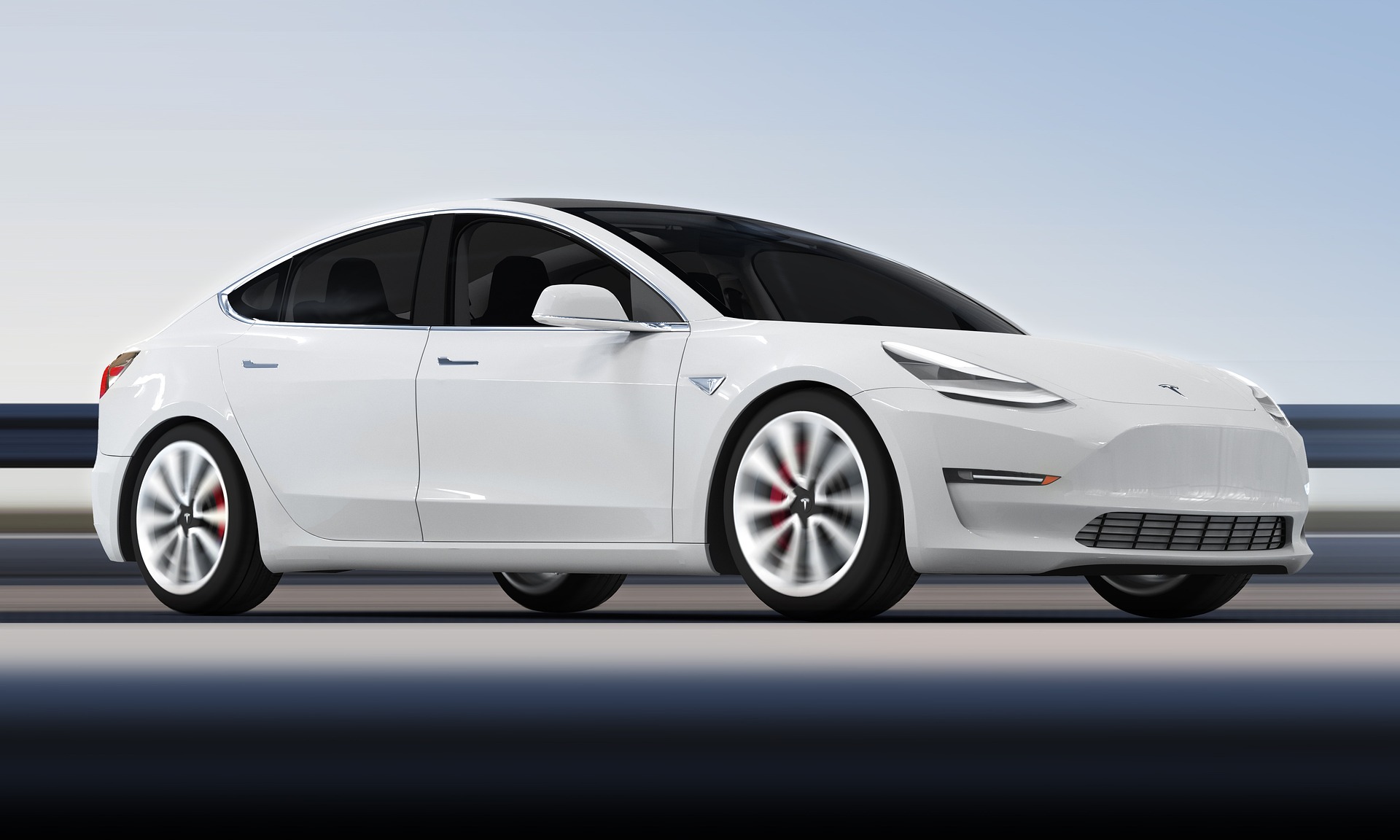The electric vehicle market continues to expand far into 2023, and more and more people are swapping to EVs for the long-term cost-saving potential. However, electric vehicles usually have a higher sticker price, making routine vehicle maintenance that keeps your car in perfect condition even more important. While you don’t need to worry about replacing the engine oil or filling up at a gas station for a true electric vehicle, there are still many things that EV owners can do to protect their investment and get the longest possible lifespan out of their new car.
Do Electric Vehicles Require Maintenance?
Electric vehicles have long been imagined as the future evolution of personal transport, but the technology and battery capacity required to make them a reality wasn’t available until recently. While the technological innovations were amazing, they luckily don’t bring similarly complex issues for consumers – EVs are much easier for car owners to maintain compared to combustion engine vehicles.
Fewer components mean fewer failure points, and EVs have significantly fewer moving parts under the hood. However, this is a double-edged sword, and the critical internal components of electric vehicles need extra attention to ensure your vehicle doesn’t end up useless from a single point of damage.
Important EV Components
Battery – Understandably, EV owners need to pay close attention to the health of their car’s battery if they want to get the most out of their new purchase. Different models of new electric cars might be priced tens of thousands of dollars apart solely based on their battery capacity and range, so ensuring that your own battery doesn’t lose overall charging capacity over time is priority number one.
There are apps and machines that EV owners can use that look at their battery’s total range, percent of degradation, and speed at that their battery is degrading over time compared to other EV drivers. No matter what you do, your car’s range will lessen over time – think of it like your car getting fewer and fewer miles per gallon as it ages. However, if you find your range is dramatically lower than what others experience, you may need to replace a defective battery or find out what behaviors are leading to the issue.
The common sentiment says that electric vehicle batteries should stay between 10% and 90% at all times. While we like to think that electricity and batteries are non-physical magic, there is constant, microscopic wear and tear to battery materials when they are overloaded or working off of a low charge. Using fast Level three chargers to charge your car to full – and then past 100% – depletes its future charging capacity. One easy solution to this problem is installing a home charger that will charge your car overnight. You can take greater control over these chargers than a public station, setting time limits and battery percentage controls.
Brakes – Another component integral to most new EVs is brakes, specifically regenerative brakes. Regenerative brakes forgo physical brake pads and opt for electric motors to slow the car and store a portion of the energy. This can lead to two distinct issues. First, regenerative brakes, while helpful, still need regular maintenance, and you should take proactive steps to get them checked by a local mechanic with experience dealing with EVs. Secondly, excessive regenerative braking might lead to the traditional brakes seeing almost no use, which can cause rust. If your car has both regenerative and traditional braking, make sure each one is in working order before you hit the road.
Just like any other car, EVs will need maintenance on their tires, fluids, interiors, exteriors, and windows.
If you have been considering swapping to an EV but are worried about keeping your vehicle charged and ready to go, contact Promise Electric today to learn more about installing at-home EV charging stations. We can assess your garage space and vehicle to determine what type of charging best fits your needs.



